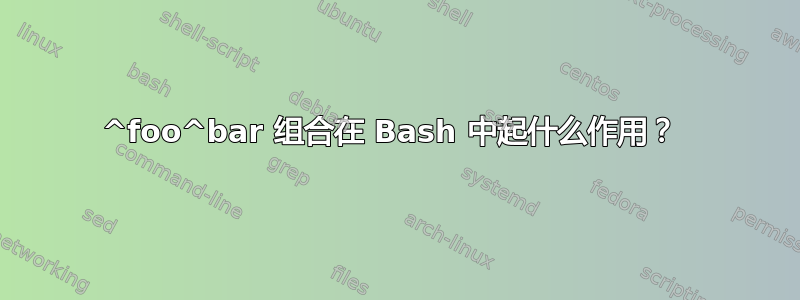
我最近看到一个视频,其中有人^foo^bar在 Bash 中被处决。这个组合有什么用?
答案1
答案2
^foo^bar执行最后一个命令,将第一个实例替换foo为bar。例如:
$ ech "hello"
-bash: ech: command not found
$ ^ech^echo
echo "hello"
hello

我最近看到一个视频,其中有人^foo^bar在 Bash 中被处决。这个组合有什么用?
^foo^bar执行最后一个命令,将第一个实例替换foo为bar。例如:
$ ech "hello"
-bash: ech: command not found
$ ^ech^echo
echo "hello"
hello